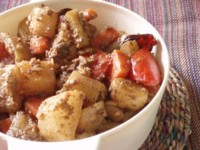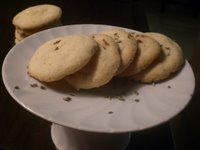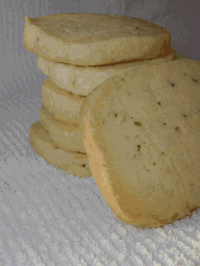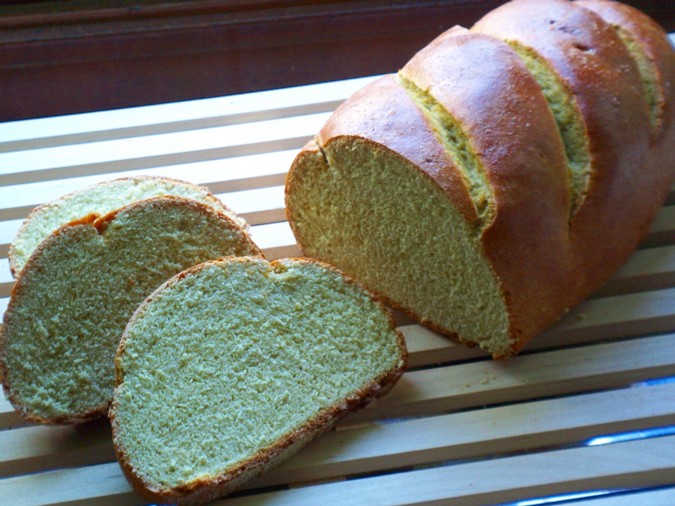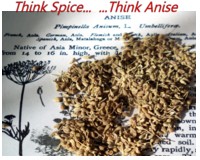Boston Brown Bread dates back to Colonial times and is traditionally paired with Boston Baked Beans
 Today is World Bread Day and as always I am happy to participate in this event hosted by Zorra.
Today is World Bread Day and as always I am happy to participate in this event hosted by Zorra.
I write from Massachusetts, so I chose an old-fashioned recipe for a classic New England bread, made since Colonial times. It contains equal quantities of rye, corn, and whole wheat flour, plus molasses and yeast, and it is steamed rather than baked. The result is a moist loaf, with a complex flavor and a mild sweetness. Great for dinner on a cool Autumn evening—along with a steaming bowl of baked beans or soup.
From the original recipe by Paul Richards
In: Baker’s Bread, 1918—USA
Ingredients
100 g rye flour
100 g whole wheat flour
100 g cornmeal
100 g Graham flour
5 g active dry yeast
8 g Kosher salt
135 g molasses (not blackstrap)
100 g boiling water
100 g warm water
milk as needed
Mix the rye flour and yeast with lukewarm water and set aside to ferment until light.
Scald the cornmeal with boiling water and set aside until cool. Add molasses and salt, then remaining flours and rye sponge. Add drops of milk if dough is too stiff.
Place mixture in a well greased glass or stainless steel steamed pudding mold, which mixture should fill by 2/3. Cover tightly. Place mold in large pot of boiling water (having first placed a rack on the bottom) and steam, covered for 2 hours, keeping the water always boiling and reaching 2/3 up the mold. Add additional boiling water as needed.
Unmold and serve immediately.









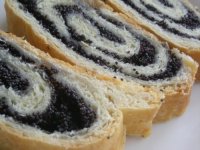

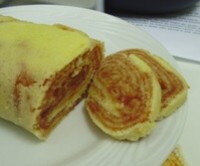
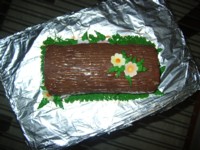
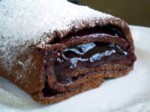
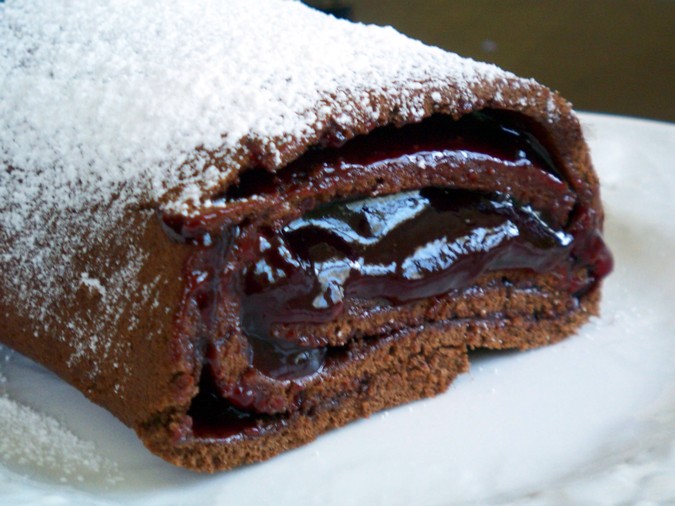
 As the guest host of the 50th edition of
As the guest host of the 50th edition of 
 Simona of
Simona of 


